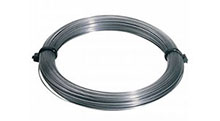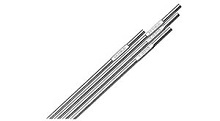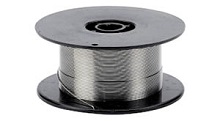317 stainless steel, also referred to as UNS S31700 and Grade 317, is primarily comprised of 18% to 20% chromium and 11% to 15% nickel along with trace amounts of carbon, phosphorus, sulfur, silicon and balanced with iron. UNS S31700/S31703 commonly known as Stainless Steel 317/317L Dual Certified is the low carbon content version of Stainless Steel 317 for welded structures.
Both grades are resistant to pitting in acetic and phosphoric acids. With respect to cold working of Stainless Steel 317 and 317/317L Dual Certified, stamping, shearing, drawing and heading can all be successfully performed. In addition, annealing can be performed on both grades between 1850 oF and
Low speeds and constant feeds will minimize this alloy’s tendency to work harden. Tougher than 304 stainless with a long stringy chip, the use of chip breakers is recommended. All common welding methods except oxyacetylene welding have been successful. Use AWS E/ER 317L filler metal for best results. All common hot working processes are possible with this alloy. Working with this material below 1700 F (927 C) should be avoided. For maximum corrosion resistance, a post-work annealing is recommended. Shearing, heading, stamping and drawing can be effectively performed. To remove internal stresses, a post-work annealing is recommended. This alloy does not respond to heat treatment. Cold work will cause an increase in both hardness and strength.
Food Processing
Wire Coil
Welding Rod
Wire – Bobbin



